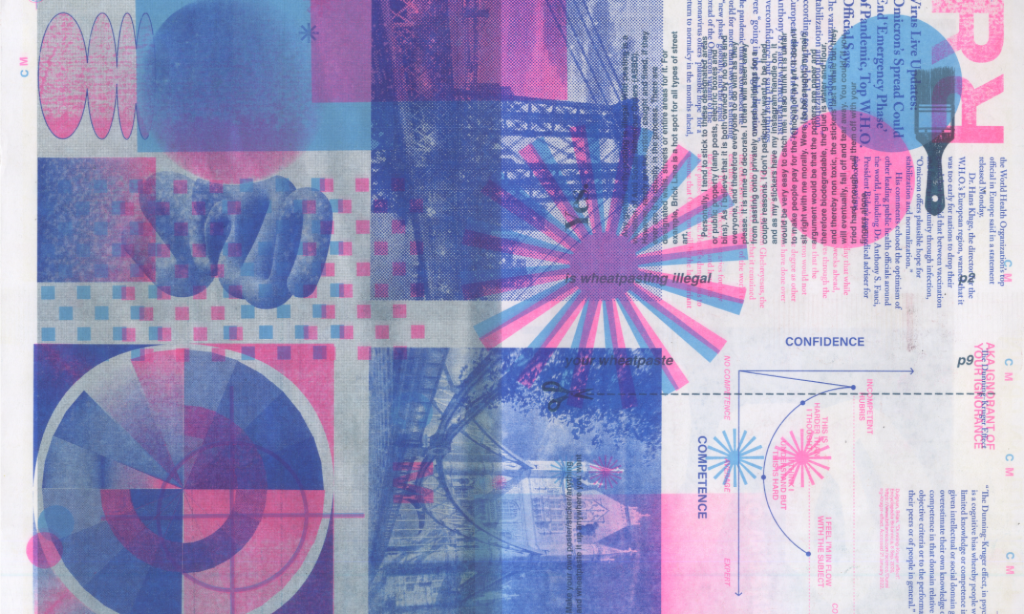The information and annotations from the Board are converted into an interactive dimensional model in the Handheld Diagram. The Handheld Diagram visualises the opaque digital screen’s hyperlinks to visualise the concept of adding in additional layers of information through tactile examples. It references artists like Orna Feinstein in layering and David Batchelor in materiality. The Handheld Diagram seeks a similar kind of representation where the subject is abstracted and is conveyed in the layers building up the material and references the electric energy and complexity from the digital web as a nod to the cyberspace in which the subjects reside.












The scale and dimension of this diagram stems from questions that developed in the first experiment. How can this content be understood without reading the entire article? Could the layering be expressed visually? Could it be less intimidating to interact with? Can we let systems be complex and multifaceted? The goal with this second experiment is to play with expressing the ideas distinctively to discover different ways people learn best.
